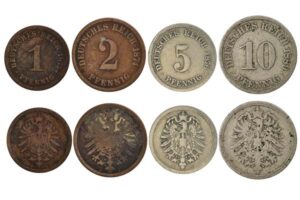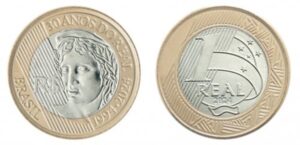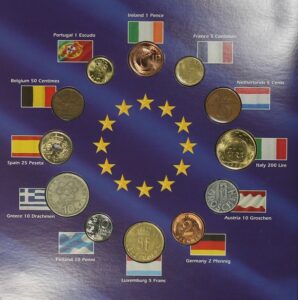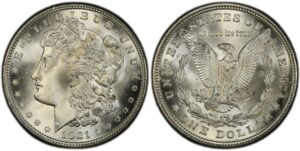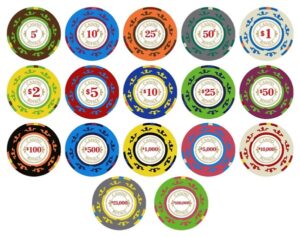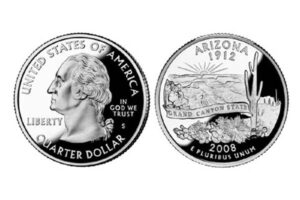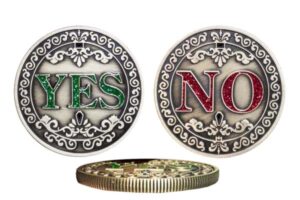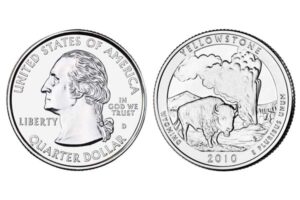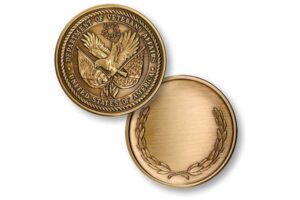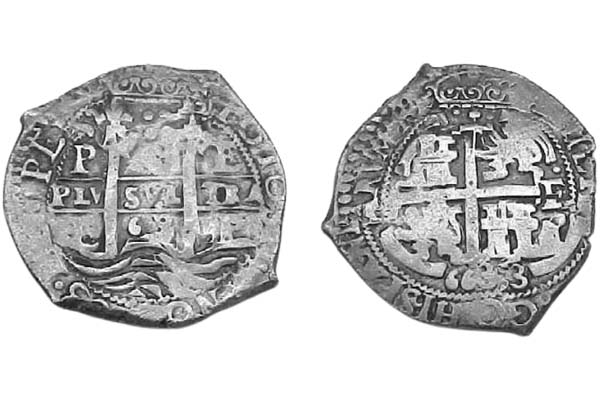
You find a heavy, ornate coin at a flea market. Its worn surface shows a royal crest and strange numbers. Could this be pirate treasure?
Old Spanish coins typically refer to silver reales1 (1537-1868) and gold escudos (1535-1849), used during Spain's global empire era. The famous 8-real "piece of eight2" inspired pirate legends and became the model for US dollars.
Last month, a client sent me photos of similar coins found in his attic. Let's examine Spain's coinage history through six key questions.
What is the name of the currency in Spain?
Spain uses the euro today, but its original currency had a 134-year reign.
Spain's national currency was the peseta3 (₧) from 1869-2002, replaced by the euro (€). The name comes from Catalan "peceta" meaning "small piece."
Three key peseta periods
| Era | Features | Collector Value Today |
|---|---|---|
| Franco Era (1939-1975) | Eagle motifs, fascist symbols | $5-50 (common issues) |
| Transition Era (1975-1982) | Constitutional monarch portraits | $10-120 |
| Modern Era (1982-2001) | EU integration designs | Face value +10% |
The 100-peseta coin with Cervantes' portrait remains popular among literary collectors. I once helped reproduce these for a Madrid theater's anniversary gifts.
What is a penny in Spain?
Spain never used "pennies," but had smaller units worth knowing.
Spain uses euro cents (1/100 of €1) since 2002. Previously, 100 céntimos = 1 peseta. The 25-céntimo coin was called "perra chica" (small dog) due to its lion design.
During my first factory tour in Barcelona, workers showed me 1920s coin presses that once minted these céntimos. Modern electroplating techniques now achieve similar details without manual engraving.
What are the current coins of Spain?
Today's Spanish euros blend EU standards with national pride.
Spain circulates eight euro coins: 1, 2, 5, 10, 20, 50 cents, and €1, €2. All feature King Felipe VI's portrait and four architectural styles:
Reverse designs by denomination
- 1-5 cents: Santiago Cathedral (Romanesque)
- 10-50 cents: Salamanca University (Plateresque)
- €1-2: Madrid's Royal Palace (Modern)
Our factory recently produced commemorative editions using the same zinc alloy as official mints. Clients often request dual plating (gold exterior/silver interior) for special editions.
What is the Royal Mint of Spain currency?
The FNMT-RCM makes more than money.
The Royal Mint of Spain (Real Casa de la Moneda) produces euros, collectible coins, stamps, and security documents. Established in 1591, it's Europe's sixth-oldest operating mint.
Modern vs traditional minting
| Process | Traditional Method | INIMAKER's Adaptation |
|---|---|---|
| Engraving | Hand-carved dies | 3D laser engraving |
| Plating | Mercury amalgamation | Electroplating + ColorLock™ |
| Quality Check | Visual inspection | XRF metal analysis |
We've incorporated their signature "matte proof" finish using diamond-cut CNC machines. This allows hobbyists to own museum-quality replicas affordably.
What was the Spanish coin before the euro?
The peseta witnessed wars, dictatorships, and democracy.
Spain used pesetas (₧) from 1869-2002. Final series featured King Juan Carlos I (1975-2001) and Olympic motifs. 1 euro = 166.386 pesetas.
A client once ordered 500 exact replicas of the 1992 Barcelona Olympics 2000₧ coin. Our solution:
- Scan original using 10μm precision 3D scanner
- Create brass base with antique finish
- Apply protective nanocoatings
This project taught me how historical coins serve as cultural time capsules.
What is a Spanish silver coin called?
Spanish silver built the first global economy.
The real (royal) was Spain's standard silver coin from 1497-1868. The 8-real "piece of eight2" became the first world currency through Spanish galleon trade.
Real coin specifications
| Denomination | Silver Content | Modern Equivalent |
|---|---|---|
| 1 real | 3.38g (0.917 fine) | $15 melt value |
| 2 reales | 6.77g | $30 |
| 4 reales | 13.55g | $60 |
| 8 reales | 27.07g | $120 |
We replicate these using lead-free zinc alloy with 5μm silver plating. Last year, we made 2,000 8-real replicas for a pirate festival - with RFID chips for interactive treasure hunts.
Preserving History Through Modern Craftsmanship
Before concluding, let me share why collectors trust us for Spanish coin reproductions:
Material Accuracy
Our 18K gold-plated brass matches the density of original doubloons (17.3g/cm³ vs 17.0g/cm³ for 22K gold).
Educational Value
Teachers use our coins with QR codes linking to historical videos. A Texas school ordered 500 sets with customized lesson plans.
Hobbyist-Friendly Options
- Small batches (100+ units)
- Choice of new/aged finishes
- Optional display cases with UV protection
Last month, we helped Klaus (our German client mentioned earlier) create ESG-compliant replicas using recycled metals. His feedback: "Finally, historical accuracy meets modern ethics."
結論
From pirate treasure to euro coins, Spain's currency history spans 500+ years. Whether you're a collector, educator, or history enthusiast, understanding these coins reveals economic and cultural shifts. Modern reproduction techniques let us preserve this legacy responsibly.
Contact INIMAKER for museum-quality Spanish coin replicas. Our team speaks your language - both linguistically and numismatically.
-
Explore the rich history of silver reales, a key currency during Spain's empire, and their impact on global trade. ↩
-
Discover the fascinating story of the piece of eight, a coin that inspired pirate legends and shaped economies. ↩ ↩
-
Learn about the peseta's journey from 1869 to 2002 and its cultural significance in Spain's economic history. ↩

